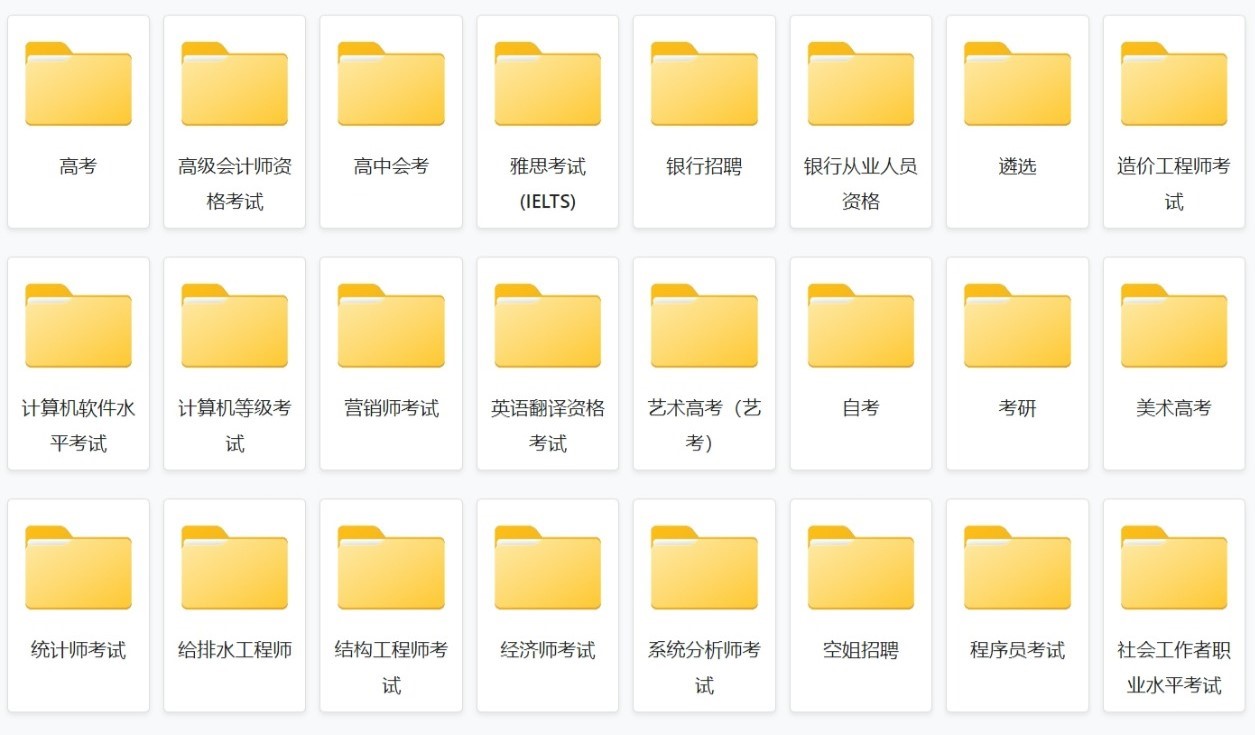替代contextlib.nested,具有可变数量的上下文管理器
我们有一些代码会根据运行时参数来调用可变数量的上下文管理器:
from contextlib import nested, contextmanager
@contextmanager
def my_context(arg):
print("entering", arg)
try:
yield arg
finally:
print("exiting", arg)
def my_fn(items):
with nested(*(my_context(arg) for arg in items)) as managers:
print("processing under", managers)
my_fn(range(3))
但是,contextlib.nested自python
2.7开始不推荐使用:
DeprecationWarning: With-statements now directly support multiple context managers
Python’with ‘语句中对Multiple变量的回答表明contextlib.nested存在一些“容易出错的易怪癖”,但使用multi-
managerwith语句的建议替代方案对于可变数量的上下文管理器无效(并且还破坏了向后兼容性)。
是否有contextlib.nested不推荐使用的替代方法,并且(最好)没有相同的错误?
还是应该继续使用contextlib.nested并忽略警告?如果是这样,我是否打算contextlib.nested在将来的某个时间将其删除?
-
添加了新的Python
3contextlib.ExitStack类以替代contextlib.nested()(请参见问题13585)。它的编码方式可以直接在Python 2中使用:
import sys from collections import deque class ExitStack(object): """Context manager for dynamic management of a stack of exit callbacks For example: with ExitStack() as stack: files = [stack.enter_context(open(fname)) for fname in filenames] # All opened files will automatically be closed at the end of # the with statement, even if attempts to open files later # in the list raise an exception """ def __init__(self): self._exit_callbacks = deque() def pop_all(self): """Preserve the context stack by transferring it to a new instance""" new_stack = type(self)() new_stack._exit_callbacks = self._exit_callbacks self._exit_callbacks = deque() return new_stack def _push_cm_exit(self, cm, cm_exit): """Helper to correctly register callbacks to __exit__ methods""" def _exit_wrapper(*exc_details): return cm_exit(cm, *exc_details) _exit_wrapper.__self__ = cm self.push(_exit_wrapper) def push(self, exit): """Registers a callback with the standard __exit__ method signature Can suppress exceptions the same way __exit__ methods can. Also accepts any object with an __exit__ method (registering a call to the method instead of the object itself) """ # We use an unbound method rather than a bound method to follow # the standard lookup behaviour for special methods _cb_type = type(exit) try: exit_method = _cb_type.__exit__ except AttributeError: # Not a context manager, so assume its a callable self._exit_callbacks.append(exit) else: self._push_cm_exit(exit, exit_method) return exit # Allow use as a decorator def callback(self, callback, *args, **kwds): """Registers an arbitrary callback and arguments. Cannot suppress exceptions. """ def _exit_wrapper(exc_type, exc, tb): callback(*args, **kwds) # We changed the signature, so using @wraps is not appropriate, but # setting __wrapped__ may still help with introspection _exit_wrapper.__wrapped__ = callback self.push(_exit_wrapper) return callback # Allow use as a decorator def enter_context(self, cm): """Enters the supplied context manager If successful, also pushes its __exit__ method as a callback and returns the result of the __enter__ method. """ # We look up the special methods on the type to match the with statement _cm_type = type(cm) _exit = _cm_type.__exit__ result = _cm_type.__enter__(cm) self._push_cm_exit(cm, _exit) return result def close(self): """Immediately unwind the context stack""" self.__exit__(None, None, None) def __enter__(self): return self def __exit__(self, *exc_details): # We manipulate the exception state so it behaves as though # we were actually nesting multiple with statements frame_exc = sys.exc_info()[1] def _fix_exception_context(new_exc, old_exc): while 1: exc_context = new_exc.__context__ if exc_context in (None, frame_exc): break new_exc = exc_context new_exc.__context__ = old_exc # Callbacks are invoked in LIFO order to match the behaviour of # nested context managers suppressed_exc = False while self._exit_callbacks: cb = self._exit_callbacks.pop() try: if cb(*exc_details): suppressed_exc = True exc_details = (None, None, None) except: new_exc_details = sys.exc_info() # simulate the stack of exceptions by setting the context _fix_exception_context(new_exc_details[1], exc_details[1]) if not self._exit_callbacks: raise exc_details = new_exc_details return suppressed_exc使用它作为上下文管理器,然后 随意 添加 嵌套的 上下文管理器:
with ExitStack() as stack: managers = [stack.enter_context(my_context(arg)) for arg in items] print("processing under", managers)对于您的示例上下文管理器,将输出:
>>> my_fn(range(3)) ('entering', 0) ('entering', 1) ('entering', 2) ('processing under', [0, 1, 2]) ('exiting', 2) ('exiting', 1) ('exiting', 0)您也可以安装
contextlib2模块;
它包括ExitStack作为反向端口。

